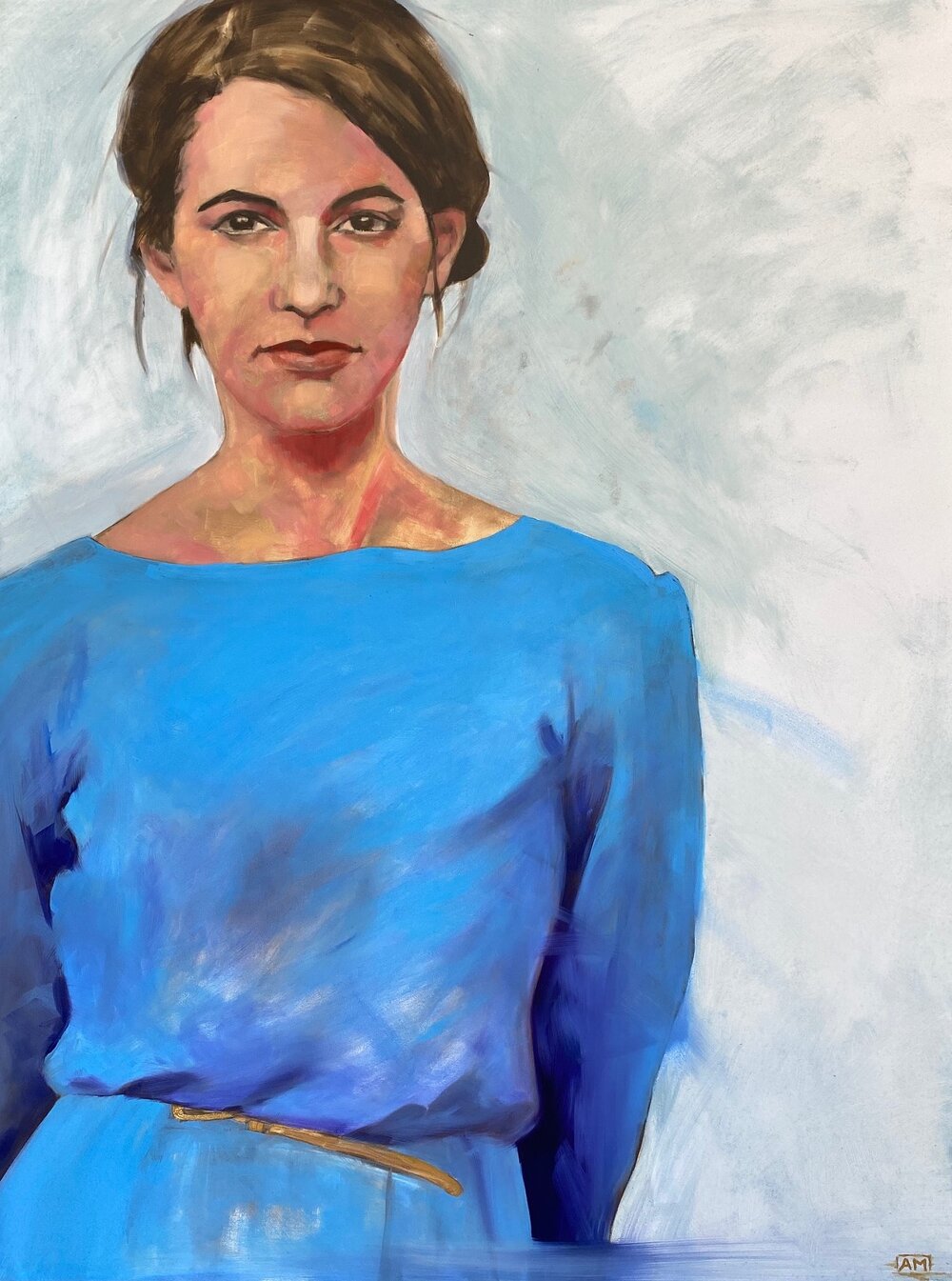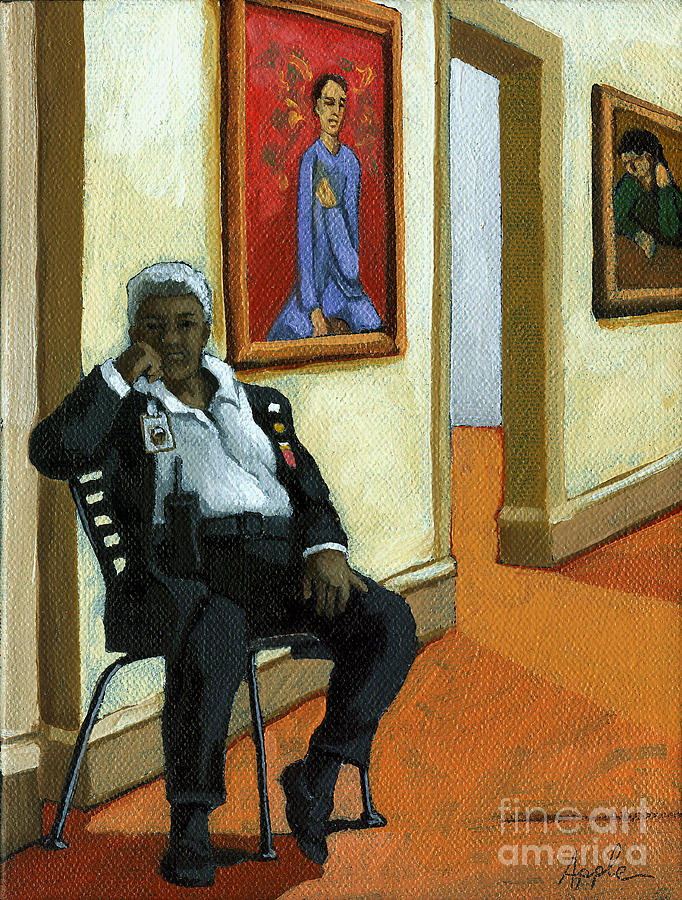Figurative Oil Painting: From Idea to Canvas - A Step-by-Step Method
Figurative Oil Painting: From Idea to Canvas - A Step-by-Step Method
Blog Article
The Evolution of Metaphorical Oil Paint: Comprehending Its Historical Importance and Modern Interpretations
The evolution of figurative oil paint offers as a compelling lens with which to take a look at the interaction between imaginative expression and historical context. Contemporary musicians, drawing from this rich heritage, are currently reinterpreting the human figure in ways that test typical narratives.
Origins of Figurative Oil Paint
The beginnings of figurative oil paint can be traced back to the early Renaissance in Europe, specifically in the 15th century. The development of oil paint allowed for better deepness of shade and information, improving the realistic look and vibrancy of their job.

In this transformative period, numbers were commonly illustrated within contextually rich atmospheres, showcasing not only their physical features however likewise their mental states. Pioneers such as Jan van Eyck and Titian utilized the medium's flexibility, employing layering methods to attain luminosity and texture. This development promoted the portrayal of complex materials and the nuances of complexion, adding to the development of portrait and narrative scenes.
In Addition, the Renaissance focus on humanism promoted a recognition for distinctiveness, which in turn influenced artists to create more vibrant and relatable numbers - figurative oil painting. Therefore, figurative oil painting arised as an effective automobile for narration and psychological involvement, laying the groundwork for future creative motions and designs
Key Historical Movements
Considerable historic movements have shaped the development of figurative oil painting, each contributing unique philosophies and strategies that increased the medium's opportunities. The Renaissance marked an essential moment, stressing realism and the human kind, with artists like Leonardo da Vinci and Michelangelo pushing the borders of physiological precision and viewpoint. Following this, the Baroque age brought dramatic contrasts of light and darkness, exhibited by Caravaggio, that infused spiritual themes with extreme emotionality.
The 19th century presented Romanticism and Realistic look, where musicians such as Delacroix and Courbet tested classical ideals, concentrating on private expression and day-to-day life. The arrival of Impressionism further transformed the tool by stressing the impacts of light and shade, leading to a separation from standard depiction.
In the early 20th century, movements like Expressionism and Cubism redefined metaphorical paint via abstraction and the exploration of psychological deepness. Each of these movements not just showed the societal adjustments of their times however additionally prepared for contemporary interpretations. The interplay between these historic movements has developed an abundant tapestry of designs and viewpoints, affecting contemporary artists in their pursuit of capturing the human experience on canvas.
Strategies and Materials Evolution

Throughout the Baroque duration, strategies such as chiaroscuro and sfumato emerged, boosting the emotional vibration of metaphorical structures. Musicians started to explore glazes and impasto, adjusting texture and brightness. By the 19th century, innovations like using pre-mixed paints in tubes transformed availability, enabling musicians to repaint en plein air and record the short lived effects of light.
The 20th century witnessed the intro of synthetic pigments and mediums, which increased the scheme and altered the uniformity of oil paints. The exploration of new application methods, such as palette knives and brushes of differing tightness, further varied artistic expression. Collectively, these improvements show the evolving relationship between products, methods, and the artistic vision integral in figurative oil paint.

Contemporary Analyses
Contemporary analyses of figurative oil paint mirror a vibrant dialogue between custom and innovation, where musicians test established standards and check out varied motifs. This evolution manifests in numerous ways, as contemporary musicians mix timeless techniques with modern concepts, typically resolving social, political, and individual stories.
Many specialists draw inspiration from historical works, yet they infuse their pieces with contemporary point of views, utilizing the human kind as an automobile for commentary on identification, sex, and society. Artists significantly explore abstraction, distortion, and mixed media, which enables a wider analysis of the number and its context.
In addition, using vibrant shade palettes and non-traditional compositions usually offers to disrupt traditional watching experiences, provoking important involvement from audiences. This change in focus expands beyond looks; it mirrors a growing understanding of the intricacies of human experience in an interconnected world.
As metaphorical oil paint continues to evolve, it continues to be an important medium for discovering the subtleties of contemporary life, embodying both a regard for heritage and a commitment to modern idea. The outcome is a rich tapestry of expression that resonates with the complexities of linked here the contemporary human problem.
Influence on Modern Art
The influence of figurative oil paint on contemporary art is profound, as it has continually influenced a myriad of creative Visit This Link movements and methods throughout the 20th and 21st centuries. From Expressionism to Surrealism and past, the expedition of the human figure has remained a central motif, allowing musicians to communicate complicated feelings and narratives. This emphasis on figurative depiction has caused a re-examination of conventional methods, resulting in innovative strategies that blend realism with abstraction.
Furthermore, modern artists have actually welcomed figurative oil painting as a way to attend to social and political concerns, making use of the tool to challenge understandings of culture, gender, and identification. The revival of passion in metaphorical work in recent years shows a hoping for link in an increasingly digital globe, where human experience and feeling are vital.
Furthermore, the discussion between metaphorical oil paint and modern-day art is apparent in the works of artists such as Kehinde Wiley and Jenny Saville, who make use of historical referrals while infusing their pieces with modern significance. Inevitably, metaphorical oil paint remains to shape and redefine modern creative expression, emphasizing its long-lasting value in the art globe.
Verdict
The evolution of metaphorical oil paint emphasizes its historic relevance and adaptability throughout various artistic activities. Inevitably, metaphorical oil painting stays a vital tool for exploring the human experience, resonating greatly in today's digital landscape.
The evolution of figurative oil painting offers as a compelling lens via which to check out the interplay in between imaginative expression and historical context.Considerable historical motions have shaped the development of figurative oil paint, each contributing special viewpoints and techniques that increased the medium's opportunities.As historical motions formed the trajectory of figurative oil paint, the products and strategies used by artists have actually additionally undergone considerable improvements. figurative oil painting.The influence of figurative oil painting on modern-day art is profound, as it has actually continuously influenced a myriad of imaginative movements and techniques throughout the 21st and 20th centuries.The advancement of metaphorical oil painting highlights its historic relevance and adaptability across different creative movements
Report this page